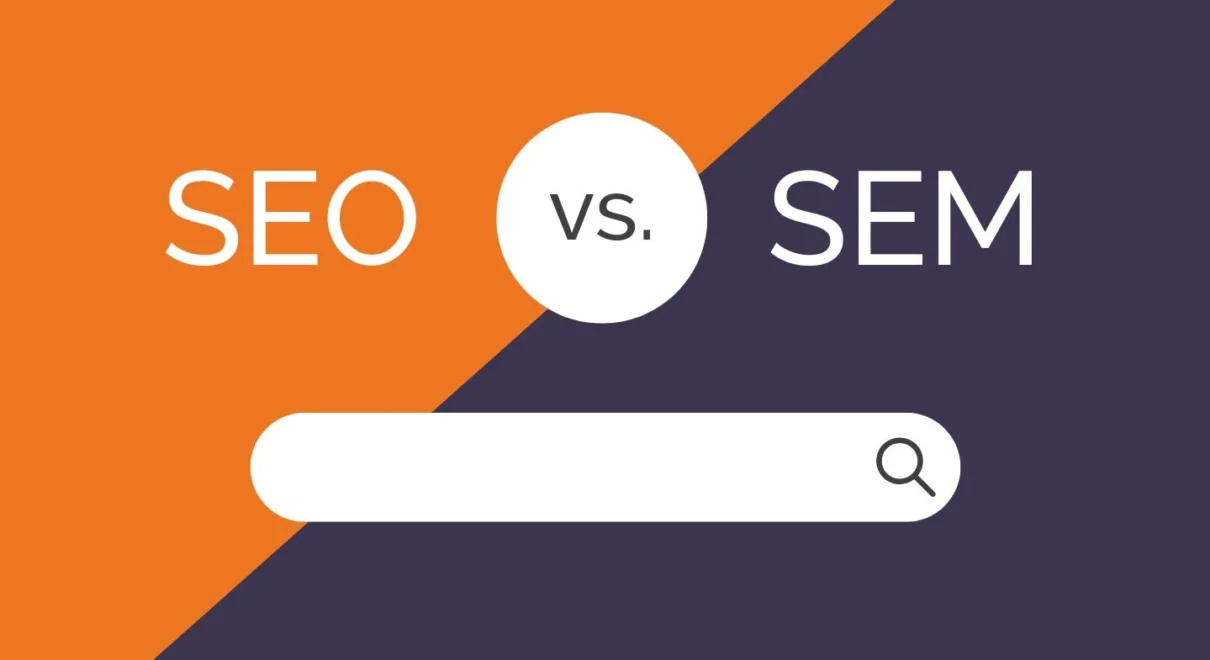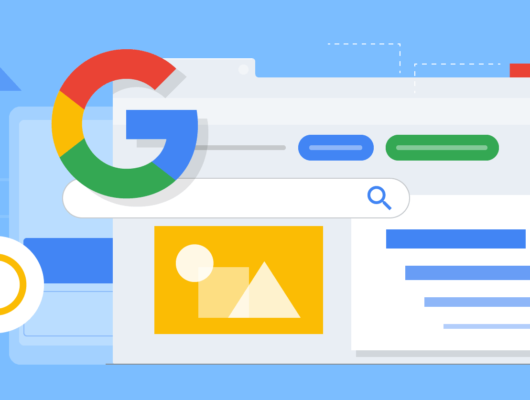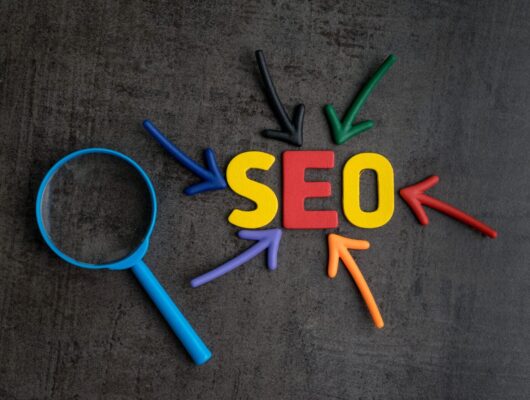In the world of digital marketing, two key strategies dominate: SEO (Search Engine Optimization) and SEM (Search Engine Marketing). While both aim to increase visibility in search engines like Google, they function in very different ways.
Understanding the differences between SEO and SEM is crucial for choosing the right approach to drive traffic and grow your business.
In this article, we’ll explore the key distinctions between SEO and SEM, their pros and cons, and how to decide which strategy is best suited for your business.
What is SEO?
SEO stands for Search Engine Optimization, which is the process of improving your website to increase its organic (non-paid) visibility in search engine results pages (SERPs).
- Key Components of SEO:
- On-Page SEO: Optimizing individual web pages (title tags, meta descriptions, content quality, internal linking).
- Off-Page SEO: Building external backlinks, improving domain authority, and enhancing social signals.
- Technical SEO: Optimizing website speed, mobile-friendliness, and ensuring proper website architecture.
- Content Creation: Writing high-quality, relevant content that meets user intent and incorporates target keywords.
- User Experience (UX): Improving page load times, navigation, and mobile responsiveness to enhance the overall user experience.
- Goal: Increase organic traffic and rank higher on search engines without paying for clicks.
Example: Ranking on the first page of Google for the search term “best SEO strategies” through content optimization and backlinks.
What is SEM?
SEM stands for Search Engine Marketing and refers to using paid advertising to appear on search engine results pages. SEM typically includes pay-per-click (PPC) campaigns, like Google Ads, where you pay for each click that takes users to your website.
- Key Components of SEM:
- Paid Search Ads: Text-based ads that appear at the top or bottom of SERPs when users search for relevant keywords.
- Pay-Per-Click (PPC): Advertisers pay a fee each time their ad is clicked by a user.
- Ad Targeting: Using demographics, location, and interests to target specific audiences.
- Ad Extensions: Additional links, call buttons, or location information that make your ad more engaging and informative.
- Goal: Generate traffic quickly through paid placements at the top of search engine results, with targeted keyword bidding.
Example: A sponsored ad for “best SEO tools” appearing above the organic results when users search for that term.
Key Differences Between SEO and SEM
1. Cost
- SEO: Organic SEO does not involve direct costs for traffic. However, it requires investment in content creation, technical optimization, and link-building efforts, which can take time and resources.
- SEM: SEM involves paying for each click (PPC) or impression (CPM). It provides immediate visibility but can become expensive over time, especially for competitive keywords.
Example: With SEO, you rank organically after months of optimization, while SEM generates instant results but requires continuous budget allocation to maintain visibility.
2. Time to See Results
- SEO: SEO is a long-term strategy. It can take several months to start seeing significant results, depending on your competition and the complexity of your optimizations.
- SEM: SEM offers near-instant visibility. Once your ads are live, they will appear in search results almost immediately, allowing you to generate traffic quickly.
Example: SEO may take 3-6 months to gain traction, while SEM can provide immediate results within hours of launching an ad campaign.
3. Longevity
- SEO: SEO results are long-lasting. Once your website ranks well, it can continue to drive traffic for years with consistent maintenance. You don’t lose traffic when you stop investing, though rankings may drop over time.
- SEM: SEM is temporary. The moment you stop paying for ads, your visibility disappears. SEM requires constant budget allocation to maintain top positions in search results.
Example: A well-optimized blog post can drive traffic for years with SEO, while an SEM campaign stops delivering traffic as soon as you stop funding it.
4. Click-Through Rates (CTR)
- SEO: Organic listings generally receive higher click-through rates (CTR) than paid ads, especially in non-commercial searches where users are seeking information rather than products.
- SEM: Paid ads typically have lower CTR than organic results. However, they can still be highly effective for transactional searches where users are ready to make a purchase.
Example: A user searching for “how to improve website SEO” might skip ads and click on organic results, but someone searching for “buy SEO software” may click on a paid ad.
5. Credibility and Trust
- SEO: Organic search results are seen as more credible and trustworthy by users. Ranking naturally in the top spots indicates that search engines have deemed your content valuable and relevant.
- SEM: Paid ads are labeled as such, which may make some users skeptical. They understand these are advertisements and not necessarily the best or most relevant results.
Example: Users may perceive an organically ranking website as more authoritative, while SEM ads may be seen as a quick but less trusted solution.
Pros and Cons of SEO
Pros:
- Cost-Effective: Once you rank, the traffic is free, making it a long-term solution.
- Credibility: Organic rankings build trust and authority in your industry.
- Sustainability: SEO can drive traffic over time, even without ongoing investment.
- High Click-Through Rate: Users are more likely to click on organic search results.
Cons:
- Slow to Start: SEO takes time to see results, sometimes several months.
- Requires Consistency: SEO needs regular updates and optimizations to maintain rankings.
- Competitive: Highly competitive industries make it difficult to rank for popular keywords.
Pros and Cons of SEM
Pros:
- Instant Visibility: Ads appear immediately, giving you quick access to search traffic.
- Targeted Audience: You can tailor your ads to specific demographics and search intents.
- Control Over Budget: You set your own budget and can control how much you spend on each campaign.
- Better for Immediate Sales: SEM is effective for driving fast conversions for transactional queries.
Cons:
- Costly: Depending on the industry and competition, SEM can become expensive, especially for high-demand keywords.
- Short-Term: Once the budget runs out, the traffic stops.
- Lower Trust: Ads may be viewed as less trustworthy by users compared to organic search results.
When to Use SEO
- Long-Term Growth: SEO is ideal for building long-term visibility and authority. If you’re looking to grow your brand organically over time, investing in SEO is a smart move.
- Content-Driven Strategies: If you regularly produce content (blog posts, videos, guides), SEO will help attract users searching for valuable information.
- Tight Budgets: SEO can be more cost-effective in the long run, as organic traffic doesn’t incur ongoing costs once you’ve established your rankings.
When to Use SEM
- Immediate Results: If you need quick visibility or are launching a time-sensitive campaign, SEM is the best option.
- Highly Competitive Niches: In industries where SEO is too competitive, SEM can help you get noticed even when organic rankings are difficult to achieve.
- E-Commerce and Lead Generation: For businesses that rely on fast conversions and transactional queries, SEM can drive direct traffic and sales.
SEO + SEM: Combining the Two
For many businesses, a combination of SEO and SEM can provide the best of both worlds. You can use SEM for quick results and immediate traffic while building a long-term SEO strategy for sustained growth.
- How to Combine SEO and SEM:
- Use SEM for high-converting, competitive keywords while building organic SEO rankings for long-tail, informational keywords.
- Run SEM ads to promote seasonal campaigns or product launches while maintaining ongoing SEO efforts to grow brand authority.
Example: A new e-commerce website might use SEM to drive immediate traffic for product sales while working on SEO to establish long-term organic visibility.
Conclusion
Both SEO and SEM have their strengths and limitations, and the right approach depends on your business goals, timeline, and budget.
If you need fast results, SEM can give you immediate visibility, but if you’re focused on long-term growth, SEO is the better investment.
For many businesses, a hybrid approach that leverages both SEO and SEM can deliver the best results.






